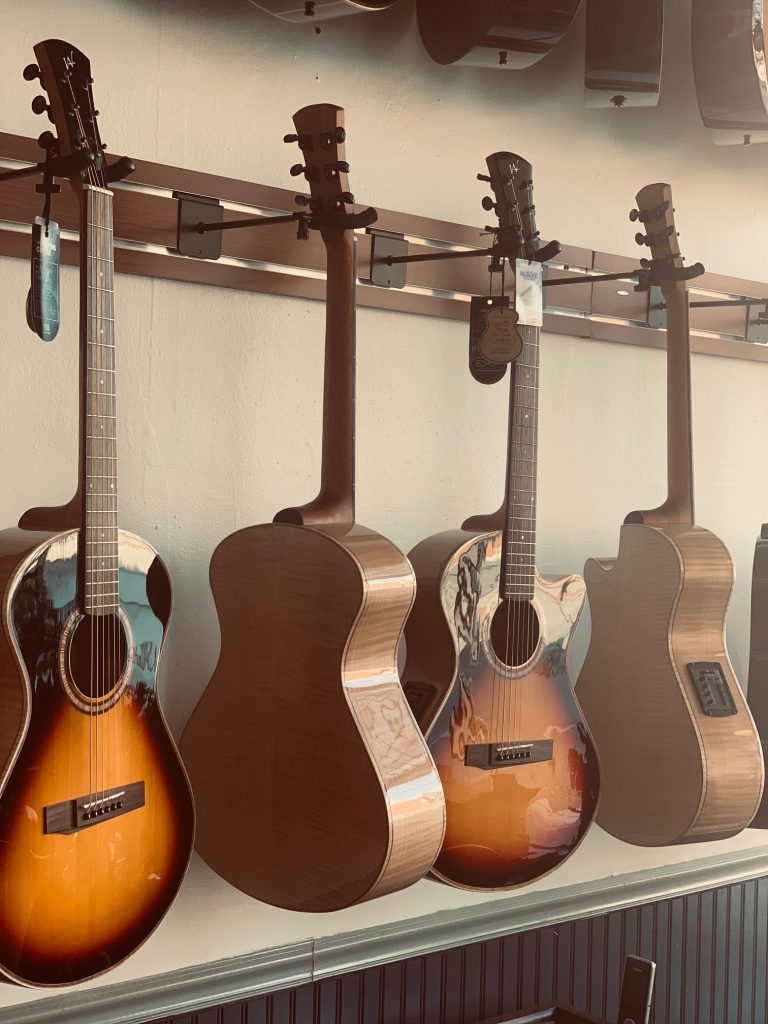By: Josh Lucas
I’ll be honest, this is the tonewood spotlight I’ve been itching to do since I started here at Andrew White Guitars.
Before that, I was mainly an electric guitarist, and to be honest I think that’s still my forte. And you know what kinds of woods we electric guitarists are into: Mahogany, Maple, Ash, etc. And for my money, if it wasn’t a tonewood that was used on one of the vintage guitars that I loved, I wasn’t messing with it. There is just a certain timelessness that we associate with those guitars, and those tonewoods–although in the grand scheme of things, their wide usage probably boiled down to availability and cost-effectiveness. Not only that, but when you consider that those fantastic, now classic designs came from 50-60 years ago–that’s really just a tiny blip on a very long timeline. So kudos to the pioneers who figured out what works back then, and cheers to the brave luthiers who have expanded our tonal palate with new woods, and new sounds–whether they’re exotic woods, or exclusively local to a particular luthier’s shop.
That being said, blackwood has been used for quite some time now, but it’s still a tonewood that I had yet to experience. I always wondered, “When’s a 1020 ever going to come back in stock?”
Well, I’m not going to blow the lid off of the guitars we just got in stock–I’ll leave that up to Andrew–but I will tell you, blackwood’s back in a big way.
So I finally got to try out this absolutely sick tonewood from down under. I would have to say that out of all the tonewoods we offer, the blackwood instruments have the most accentuated midrange. Just absolutely crisp upper mids, plenty of presence, and plenty of cut–all without being too much on the top, and not enough on the bottom.
Whether you’re a flatpicker, or a fingerstyle phenom, you’ll appreciate the presence that blackwood offers. With the strong fundamentals of this wood, you will cut through the mix like you’ve seldom heard before.
As far as the tone under your fingers, and how it makes the notes sing, it’s got a lot of what we love about other midrange-centric tonewoods, like mahogany and koa–beautiful sustain, and a richness to single notes–but it really does have a voice all its own. And I’m positive–once you see the new guitars, you’ll want to see what blackwood’s all about.








